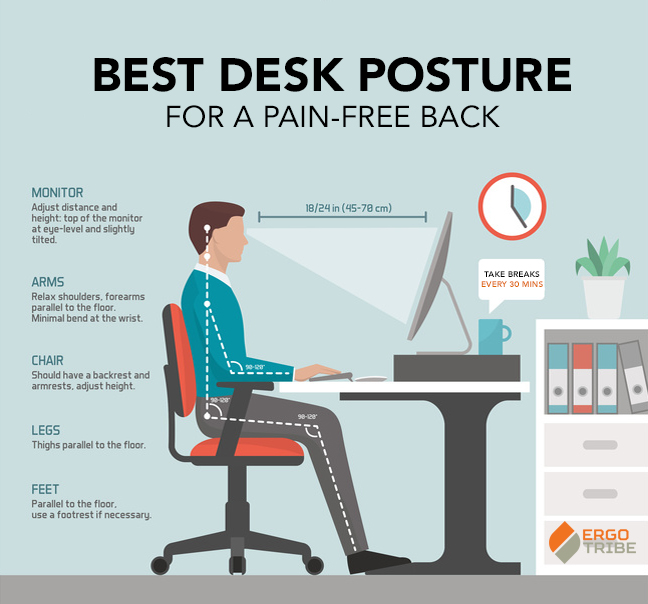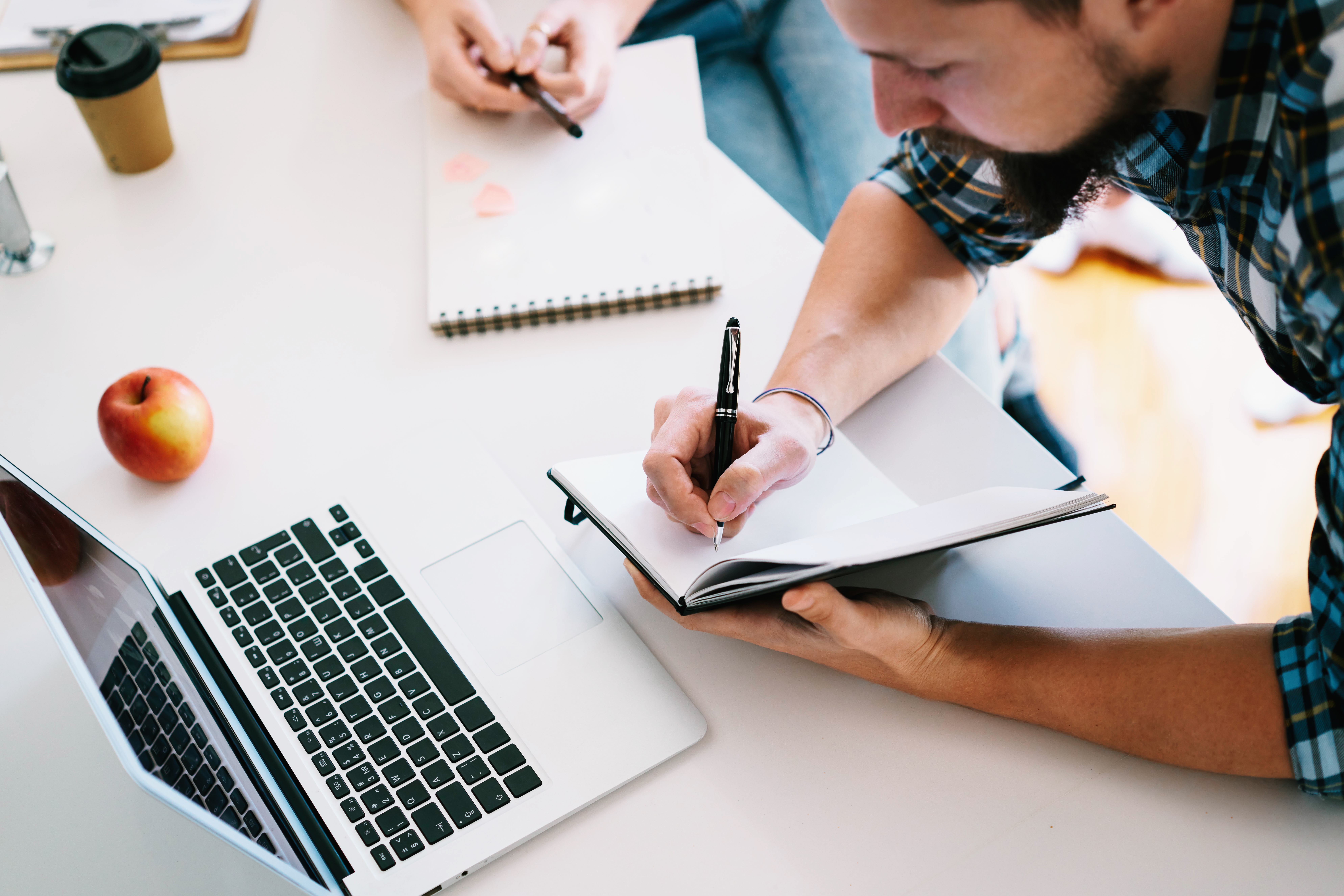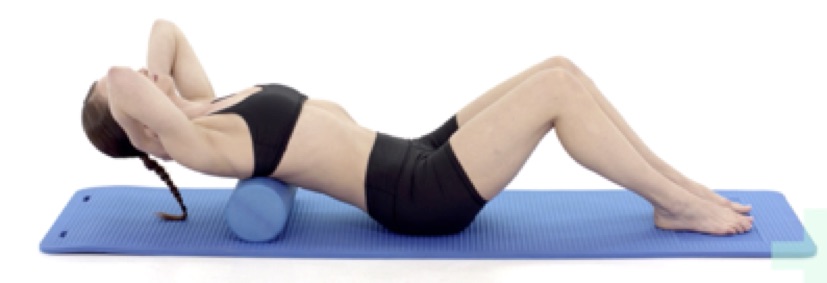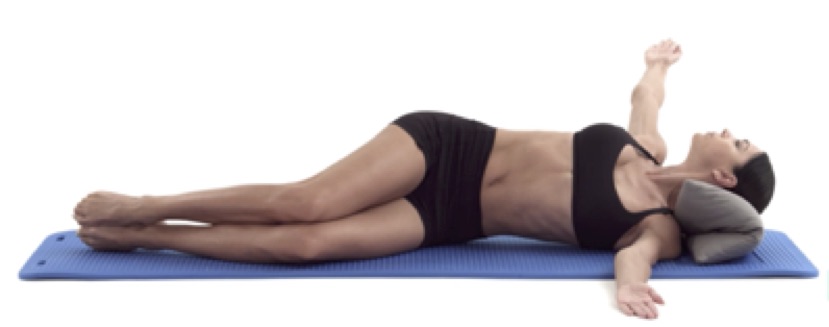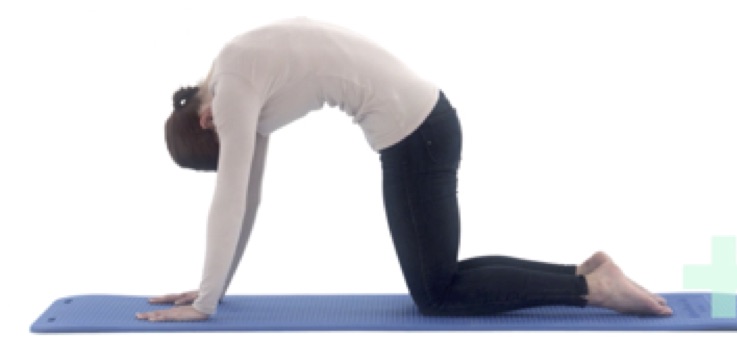Tips for your best desk setup
Many clients ask us about the best desk setup to prevent pain and injury. But have you considered changing your computer workstation recently or thought it was time to change those bad work habits you have developed? Poor workspace design or posture can lead to discomfort in our back, neck, shoulders and wrists.
These are our tips for your best desk setup either at home or in the office:
Adjustable Chair
- Change the height to keep your feet flat on the floor with your hips and knees bent to approximately 90deg (you may need a foot rest!)
- Try to have a chair with back support that can be adjusted to support the natural curve of your lower back
Keyboard
- Bring it close to you – directly in front of your body
- Aim to have your forearms parallel or sloping down to the keyboard without resting them on the desk
Mouse
- Keep this close to your body (similar to your keyboard); you don’t want to be reaching for the mouse
- If possible, alternate between left and right hands to reduce overuse
Computer Monitor
- Monitor screen should be approximately one arms length away from you when sitting – directly in front of you
- The top of the monitor should be 5-10cm above seated eye height
Do you have 2 monitors?
- If you use dual monitors equally – sit centrally, directly between both to reduce neck tension from repetitive turning to one side
- If you use one monitor more frequently and occasionally use a second monitor – have the priority monitor directly in front of you
Helpful Hints:
- Use a document holder to avoid working from documents flat on your desk
- Have your phone within comfortable, easy reach if used frequently (maybe even consider a ‘hands-free’ headsets option?)
- Re-arrange your desk so frequently used items are close (within arms reach)
- Can you ‘touch type’? Maybe it’s time to learn? It might be gentler on your neck instead of repetitively looking down
- Try to take regular breaks – maybe take a short walk around the office or have a 2 minute stretching break every 30 minutes
If you’re still wondering how to help prevent pain and injury from working at a desk despite having the best desk setup have a read of our recent blog on exercises to undo the effects of a day at the office.


